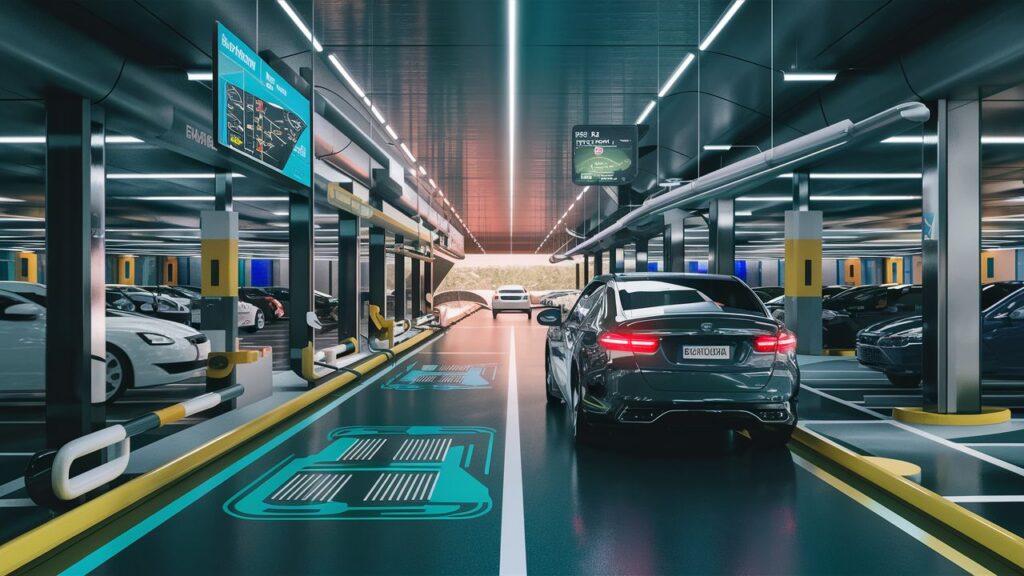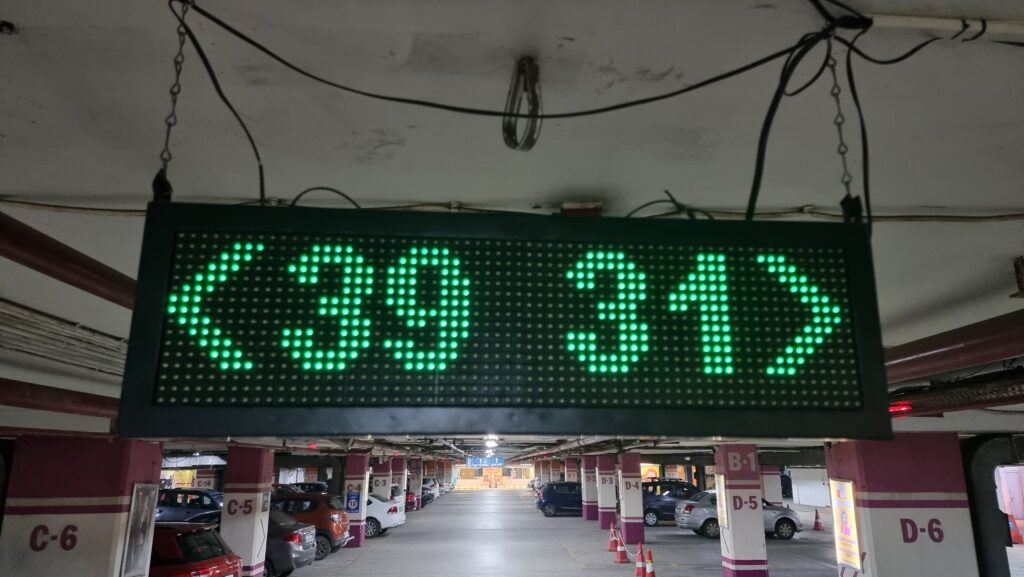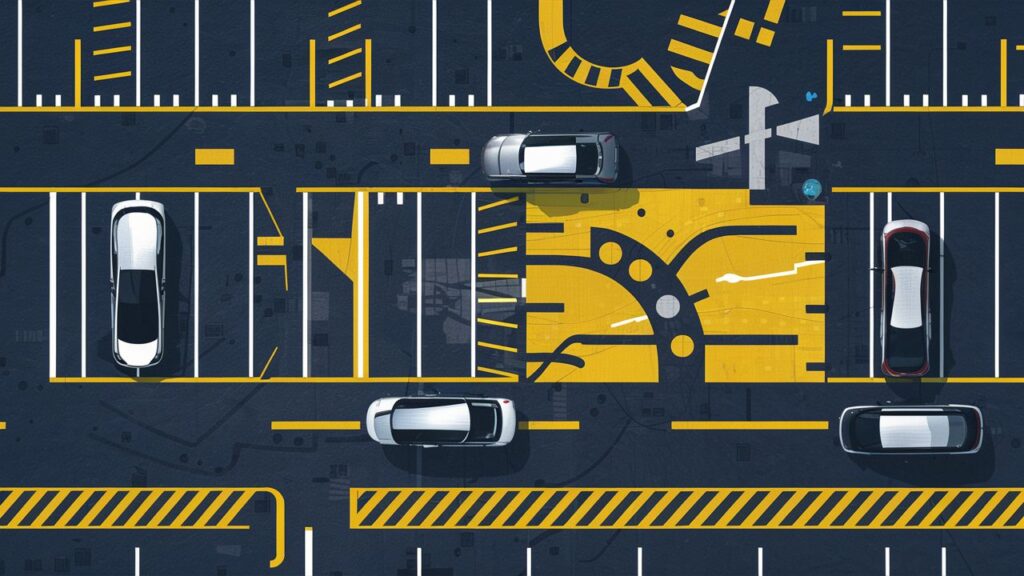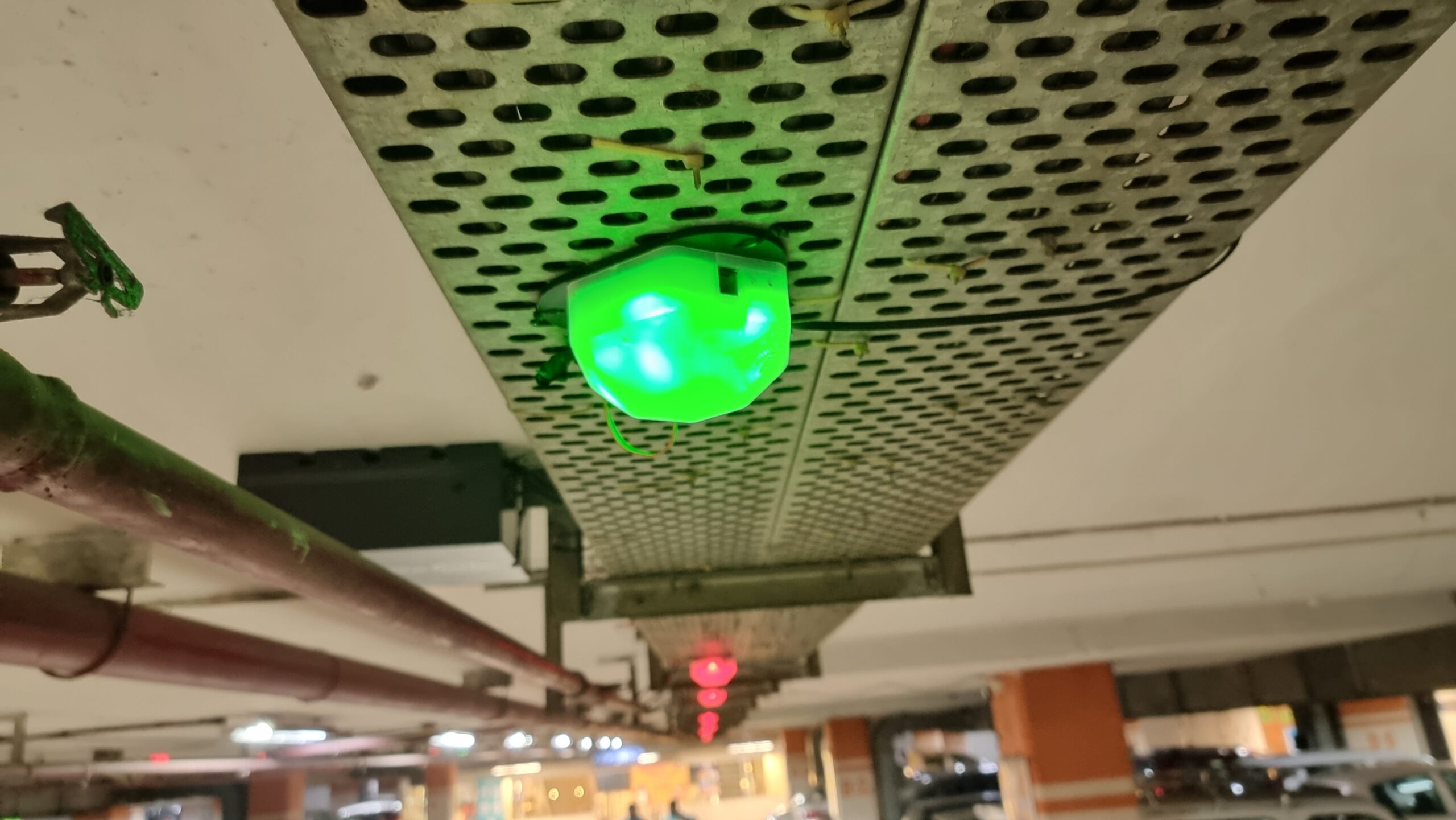Smart Parking Sensors for Malls and Commercial Use
Introduction to Smart Parking Sensors
Smart parking sensors revolutionize traditional parking systems by offering real-time data on parking space availability. This technology enables malls and commercial spaces to enhance customer experience and optimize parking resources efficiently.
Parkomate – SSPI (Specific Space Parking Indicator)

Understanding the Need for Smart Parking Solutions
The challenges of parking congestion and inefficiency are prevalent in malls and commercial areas. In response to these challenges, enterprises are increasingly adopting intelligent parking solutions. By utilizing sensors and IoT technology, these systems provide real-time data on parking space availability, guiding drivers to vacant spots quickly and effectively.
Benefits of Smart Parking Sensors for Malls and Commercial Spaces
Implementing smart parking sensors brings a multitude of benefits to malls and commercial areas, improving both operations and customer experience.
Improved Customer Experience
By offering real-time information on available parking spaces, smart sensors reduce the time customers spend searching for spots. This enhancement significantly improves the overall customer experience, leading to higher satisfaction levels.
Optimized Parking Space Utilization
Smart parking solutions enable efficient utilization of parking space, reducing congestion and maximizing the capacity of parking facilities. By guiding drivers to available spots, these systems ensure that every inch of space is utilized effectively.
Enhanced Security
In addition to parking guidance, smart parking sensors enhance security in parking areas. Features like CCTV integration and tamper detection provide peace of mind to both customers and property owners, ensuring a safe environment for vehicles.
How Smart Parking Sensors Work
Smart parking sensors utilize various technologies to monitor parking space occupancy and relay information to a centralized system.
Sensor Technology
Smart parking sensors employ different types of sensors such as ultrasonic, magnetic, or infrared to detect the presence of vehicles in parking spaces accurately. These sensors detect changes in magnetic fields or sound waves, indicating whether a spot is occupied or vacant.

Data Transmission
The information gathered by the sensors is wirelessly transmitted to a central server for analysis.This server processes and analyzes the data in real-time, generating insights into parking space availability and occupancy levels.
User Interface
Parking availability information is then displayed to users via mobile apps, electronic signage, or web interfaces. By accessing this information, drivers can easily find vacant parking spaces, reducing search time and frustration.
Implementing Parkomate Smart Parking Solutions
Implementing smart parking solutions involves several key steps, from initial assessment to installation and integration.

Our socials
- Linkedin – https://www.linkedin.com/company/parkomate-solutions-llp
- Instagram – https://www.instagram.com/parkomate_solutions/
- Facebook – https://m.facebook.com/people/Parkomate/100047390396387/
Assessment of Parking Needs
The first step in implementing smart parking solutions is to assess the current parking infrastructure. This evaluation helps identify areas for improvement and determine the requirements for implementing smart parking technology.
Selection of Sensor Technology
Once the parking needs are identified, the next step is to choose the appropriate sensor technology. Factors such as parking layout, budget, and integration capabilities with existing systems influence this decision.
Installation and Integration
After selecting the sensor technology, the sensors are installed in designated parking spaces. These sensors are then integrated with the central parking management system to ensure seamless operation.
Future Trends in Parking Technology
The future of parking technology holds exciting possibilities, driven by advancements in sensor technology and data analytics.

Integration with Autonomous Vehicles
As autonomous vehicles become more prevalent, smart parking systems will need to adapt to accommodate their unique parking requirements. Integration with autonomous vehicle technology will enable seamless parking experiences for both traditional and self-driving vehicles.
Predictive Parking Analytics
Advanced analytics algorithms will enable predictive parking solutions, anticipating parking demand based on historical data and events. By leveraging predictive analytics, smart parking systems can optimize parking space allocation and improve overall efficiency.
Conclusion: Enhancing Parking Efficiency
In conclusion, smart parking sensors offer a transformative solution to the challenges faced by malls and commercial spaces in managing parking. By leveraging real-time data and advanced technology, businesses can optimize parking space utilization, improve customer experience, and stay ahead in an increasingly competitive market.
With detailed explanations and insights, this blog post provides a comprehensive overview of smart parking sensors for malls and commercial spaces, covering their benefits, functionality, implementation, and future trends. By embracing smart parking solutions, businesses can enhance parking efficiency and elevate the overall customer experience.


